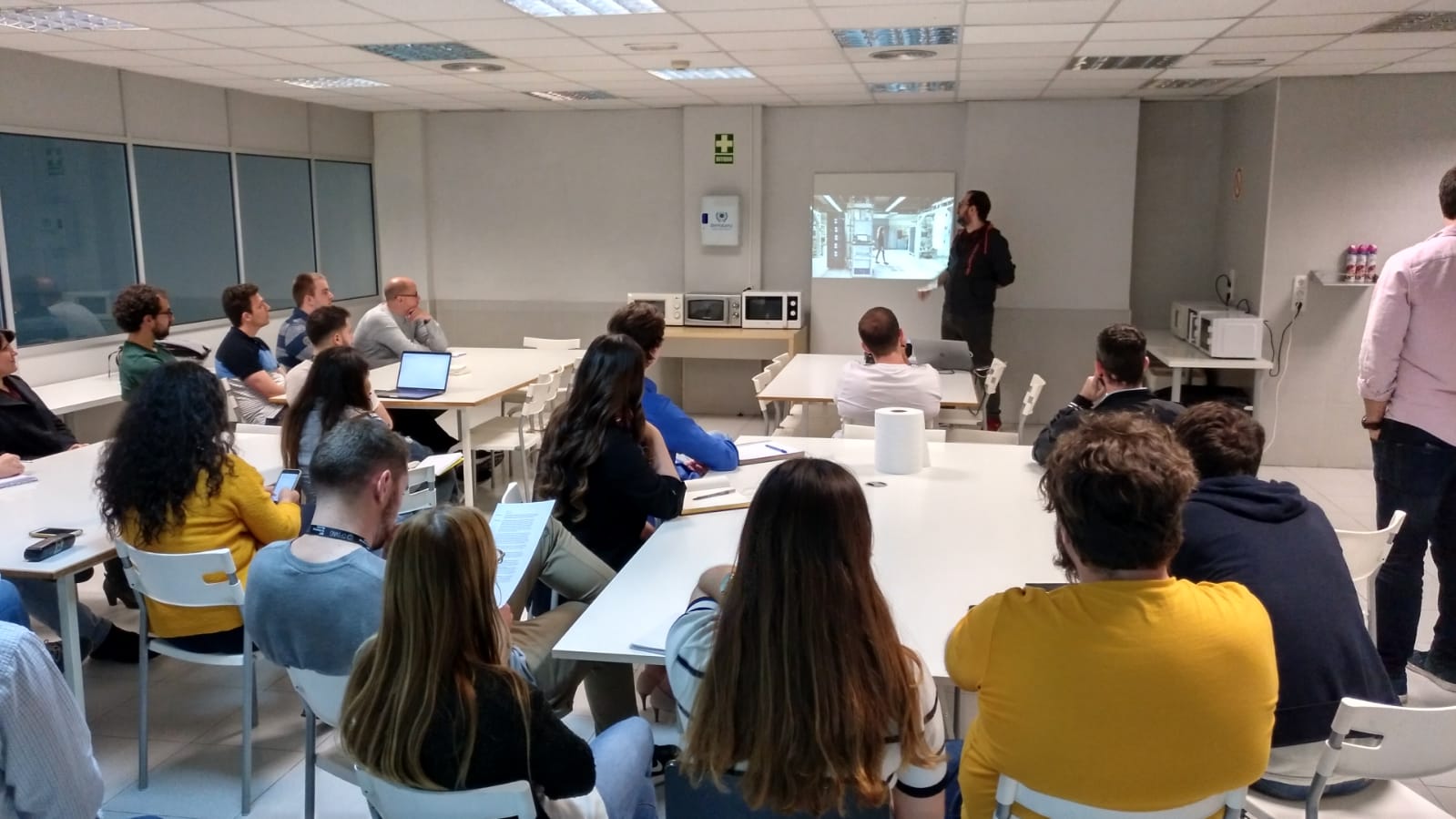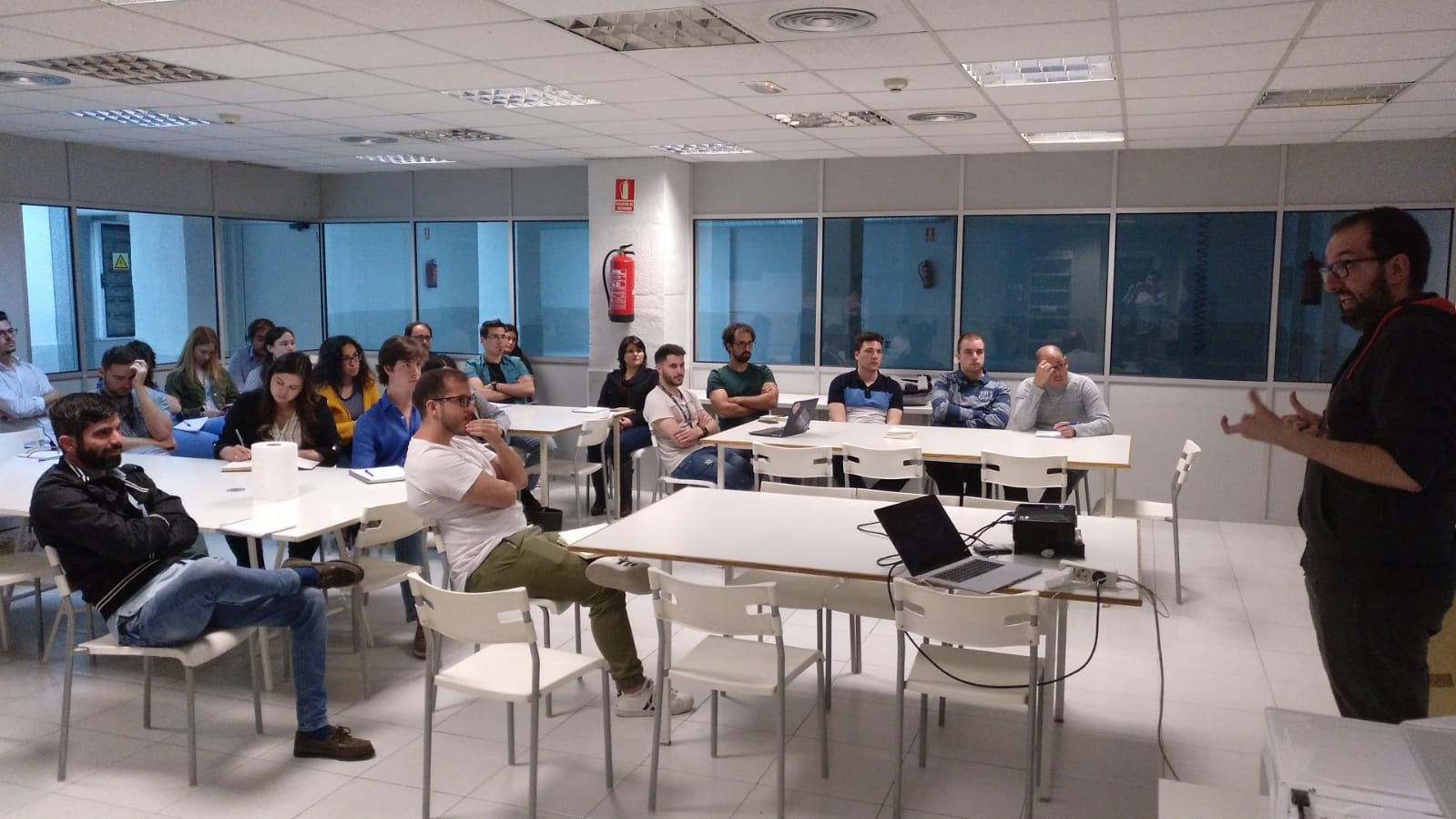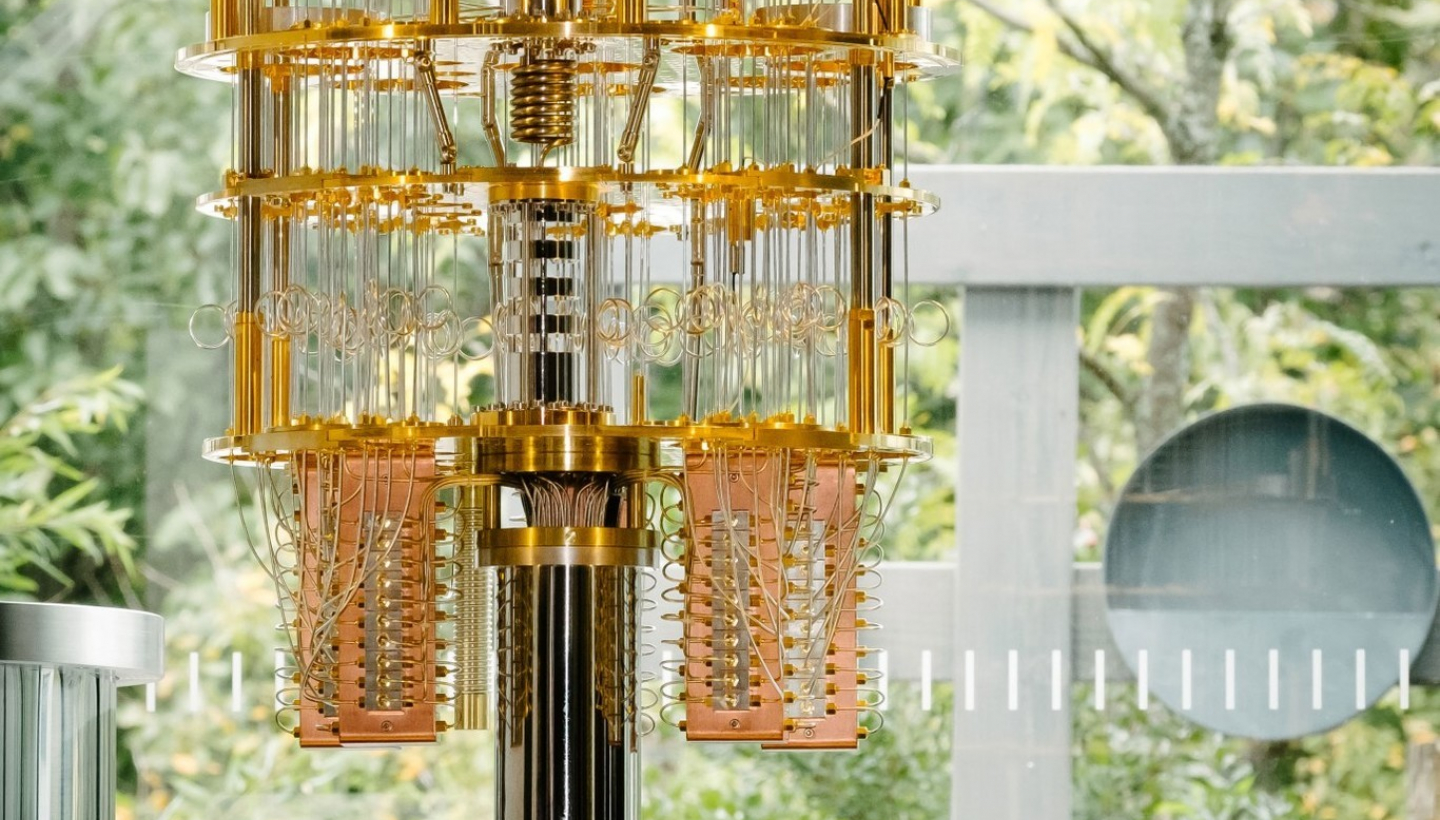On Monday, Ismael Faro, an IBM researcher in quantum computing gave us a lecture on the basic notions about how quantum computing operates.
Quantum computing is governed by different rules than classical or conventional computing (the one used by all our computers and devices). One of these new rules is based on the attribute of superposition (a particle can be in several states at once), a particular physical behavior, which is capable of solving problems that classical computing can not solve today.
Operations of a quantum computer:
There are different types of quantum computers according to the way in which the particle (s) is bombarded. For the sake of this article we are going to focus on the one that is most successful and the one used by our speaker, Ismael, at the IBM research center.

A particle is isolated (the particle that is used is secret) from the rest of the particles so that nothing interacts with it (the more isolated it is from everything, the less the error of its results will be). It is not possible today to isolate 100% of the quabit, mistakes are made and every time it gives a different value. For this reason, the operation is performed several times to observe which result is obtained more frequently, with the correct result being the one that is repeated most often.
The next step is to bombard it with microwave waves. This step would be the same in classical computing as sending zeros and ones to the computer. It is very difficult to reach the particle, not only because the size is very small, but also because its electrons are in continuous movement. It is important that the movement of these electrons are as small as possible. The particle is then cooled as much as possible (practically to absolute zero, -273 degrees Celsius).

Let's look at the differences between the two computations to get a better idea. Classic computing vs. Quantum computing:
Classical computing:
Work in: bits
State of information: 0 or 1
Information processing: linear speed according to the number of bits
Quantum computing:
Work in: qubits
Information status: 0, 1 or any value between them. In addition, it can be more than one value in parallel
Information processing: exponential speed according to the number of qubits

The following table shows the comparison of qubits with traditional computing and everything that can be calculated with it:
Qubits GB
35 550
100 More than all atoms on earth
250 More than all atoms on the universe
"Today, quantum computing is a researcher's playground. In five years, it will be mainstream "



